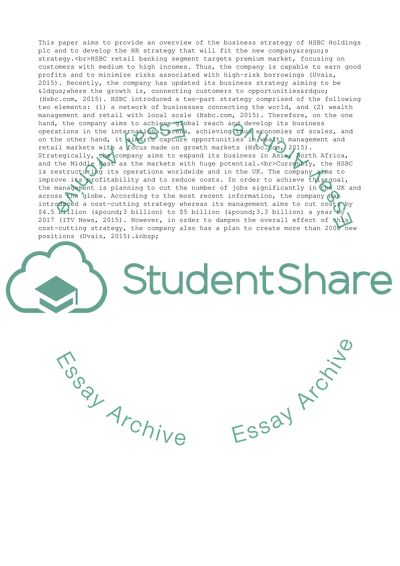Cite this document
(“HR Strategy for HSBC Essay Example | Topics and Well Written Essays - 3000 words”, n.d.)
Retrieved from https://studentshare.org/management/1697828-post-module-assignment-hsbc
Retrieved from https://studentshare.org/management/1697828-post-module-assignment-hsbc
(HR Strategy for HSBC Essay Example | Topics and Well Written Essays - 3000 Words)
https://studentshare.org/management/1697828-post-module-assignment-hsbc.
https://studentshare.org/management/1697828-post-module-assignment-hsbc.
“HR Strategy for HSBC Essay Example | Topics and Well Written Essays - 3000 Words”, n.d. https://studentshare.org/management/1697828-post-module-assignment-hsbc.


